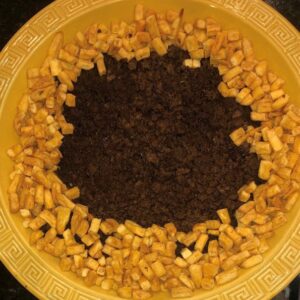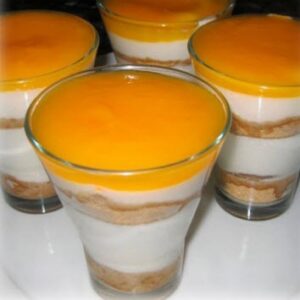ABOUT MACANESE CUISINE
Macanese cuisine blended, in a unique fashion, ingredients and flavours from Portuguese settlements and trading-posts spanning half the globe – from Brazil, Mozambique, Goa and Malacca, of course from Portugal and China – and with traces from as far as Japan. We find hot chillies from Brazil, curries from India, coconut and strong shrimp flavours from Malaysia, the wide variety of dishes from China, and from the Mediterranean bacalhau (salted cod), olive oil and bay leaves. This is one of the oldest and arguably the most diverse fusion cuisines in the world.
The traffic has been not been just one-way: the famous Chinese tahn taht (egg custard tartlets), available today in all Chinatowns, is derived from the Portuguese pasteis de nata and there is evidence that the Japanese tempura originated from the food eaten by Portuguese missionaries during times of fasting.

The staple for every table was and is minchi, made with mince meat (beef, pork, veal or chicken, and often a combination of two of these). Every mother had her own recipe. The “standard” version used soy sauce (typically, both light and dark), and was garnished with crunchy, deep-fried diced potato, but there were many variations: using turmeric powder instead of soy sauce, adding bitter melon, black fungus, and so on.

The key ingredient in many dishes was balichão (pronounced, in the Macanese patois, “balichung“) which was made from krill (a crustacean resembling a tiny shrimp) mixed with bay leaves, chillies, whole cloves, lime, peppercorns and laced with fortified wine.
Shown here is a unique fusion dish, pork with balichão and tamarind.
The list is endless. Fortunately there are available a number of well-illustrated recipe books, in English and in Portuguese, and periodically the various Macanese clubs around the world publish recipes.
Click HERE to read more about Macanese cuisine.


